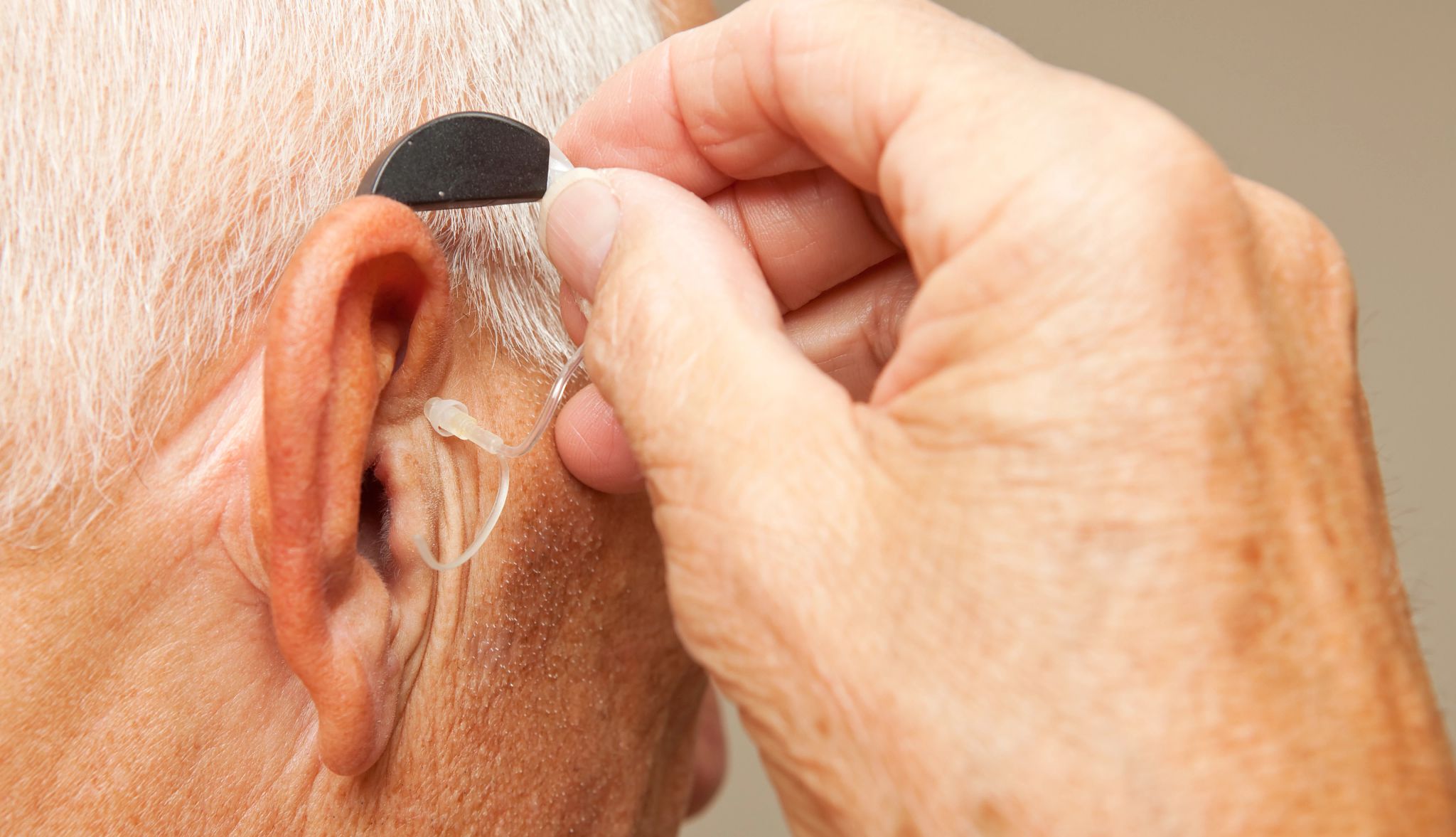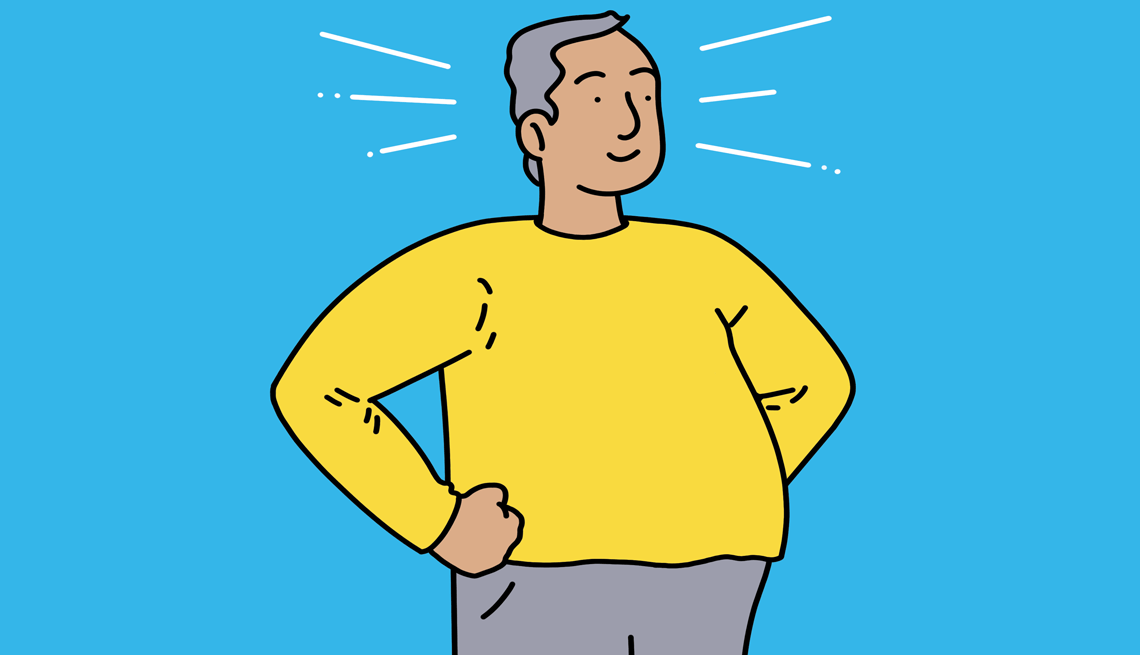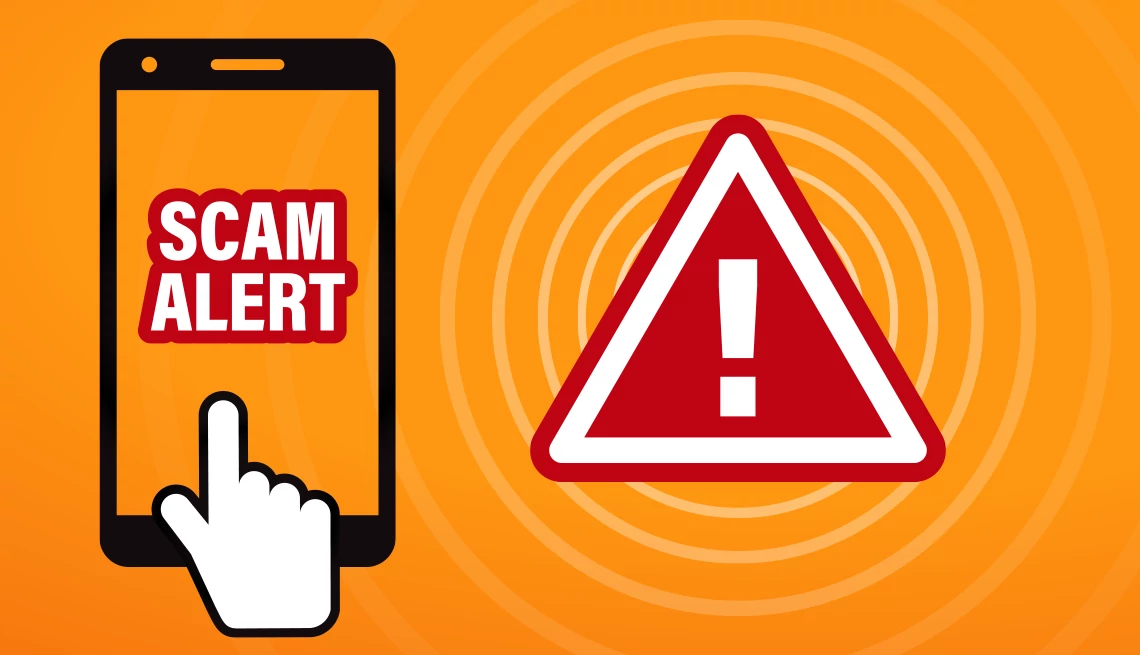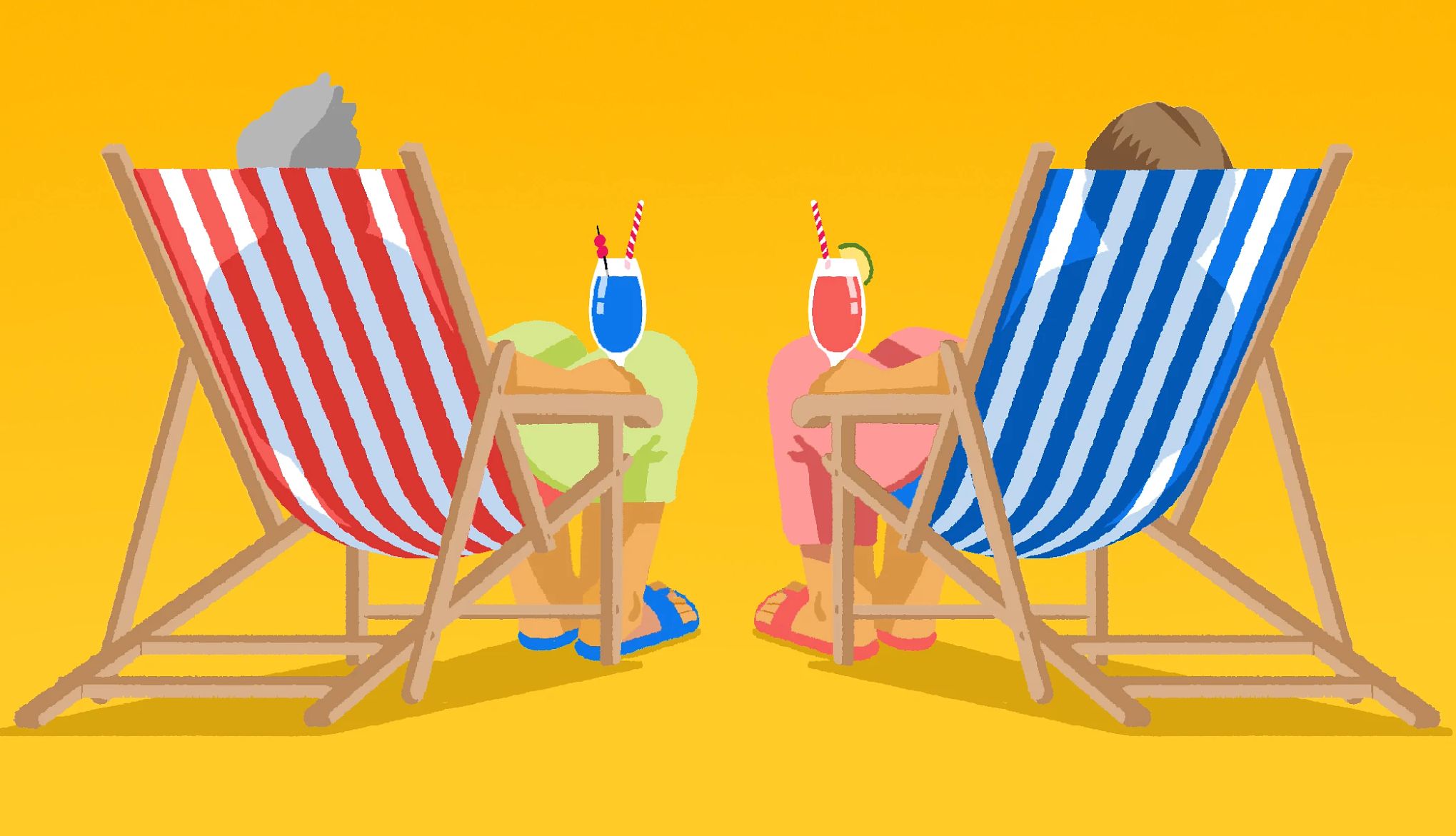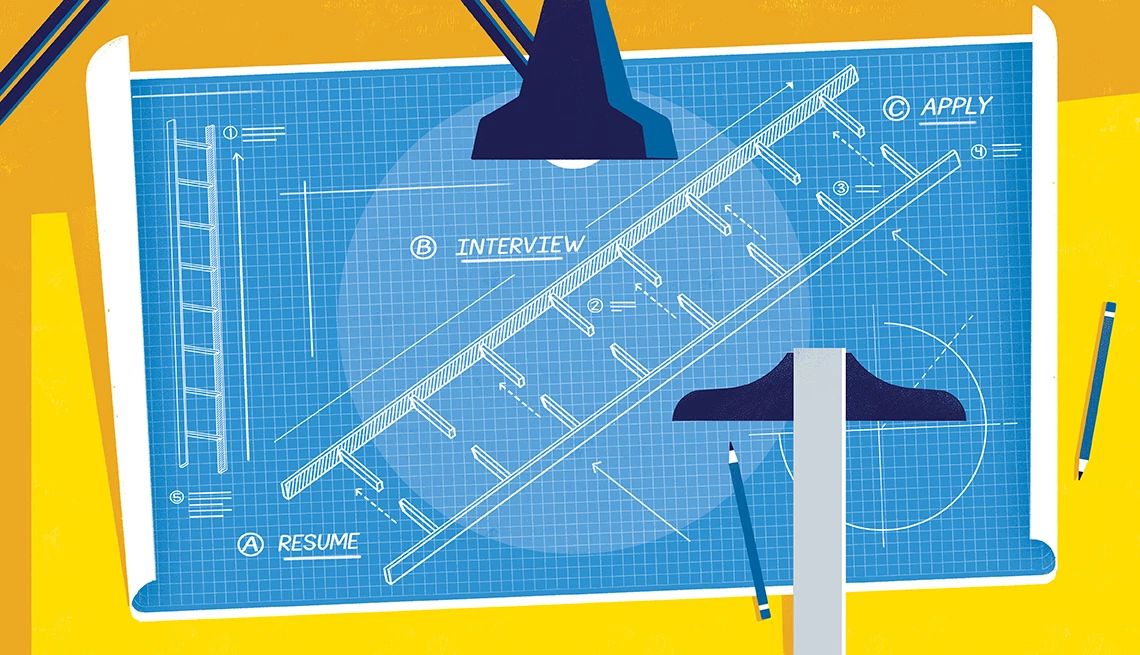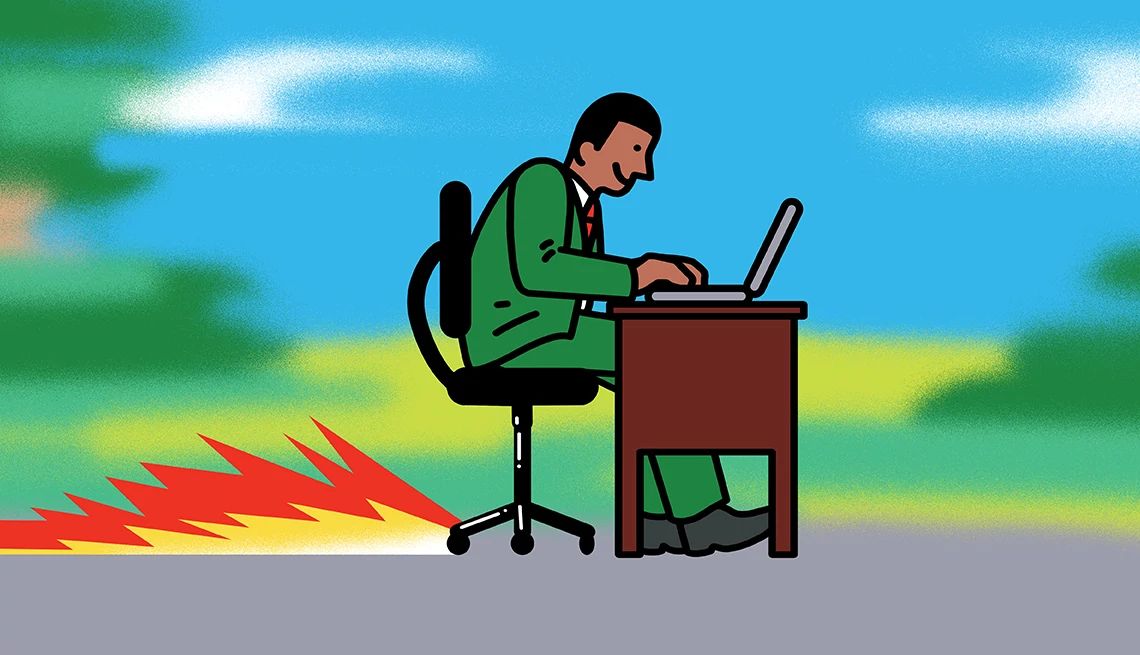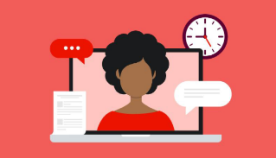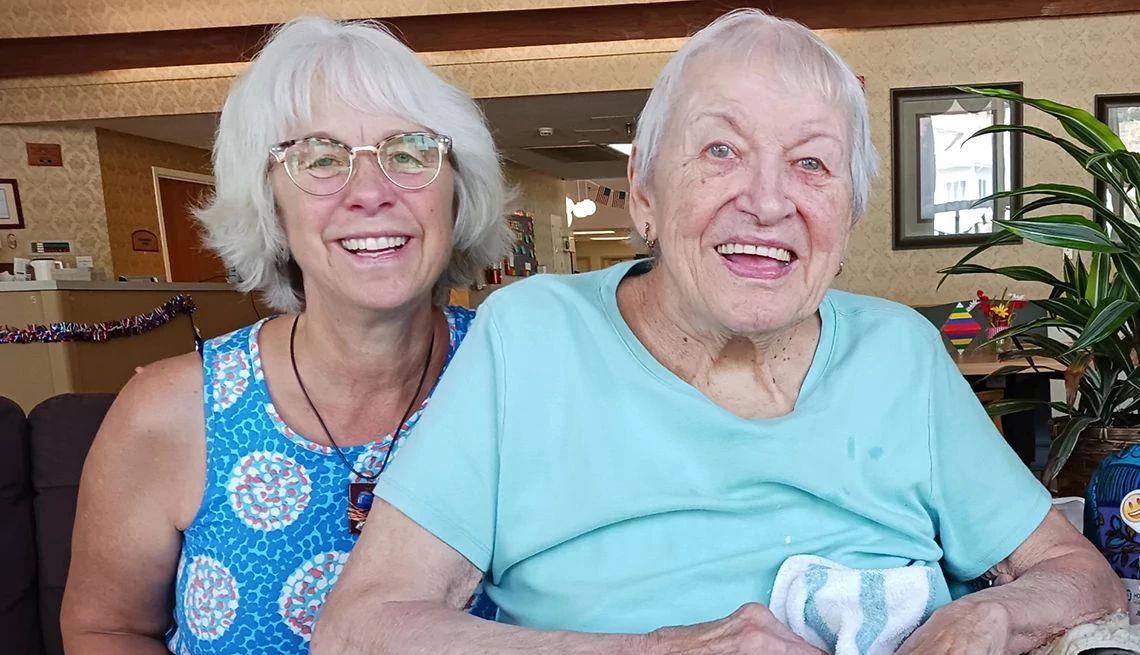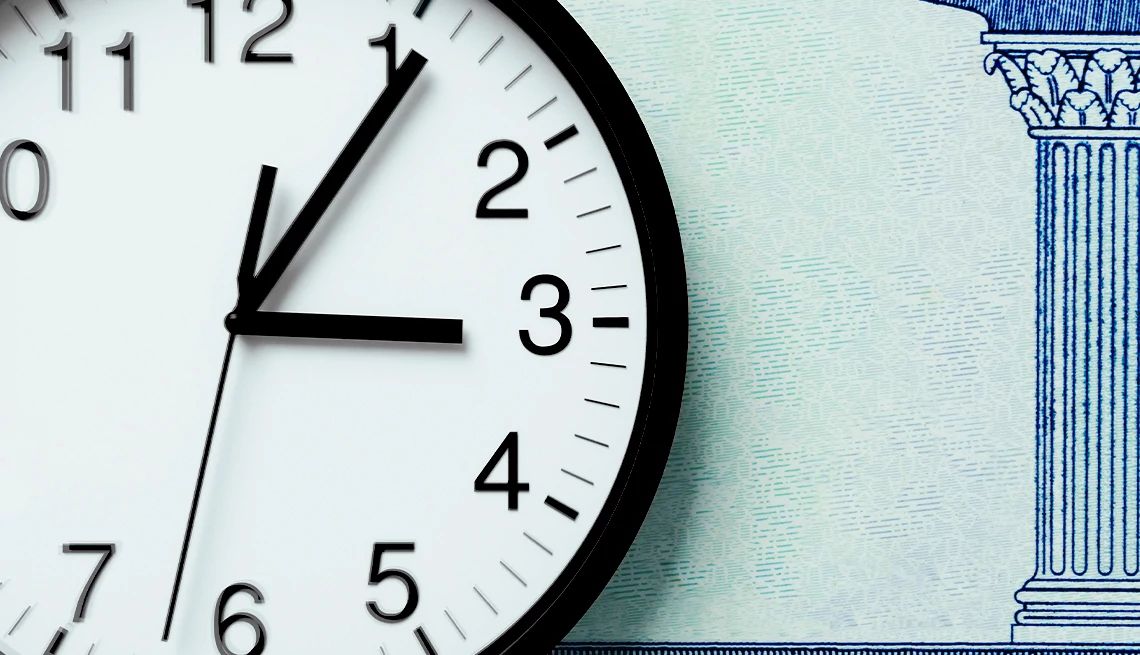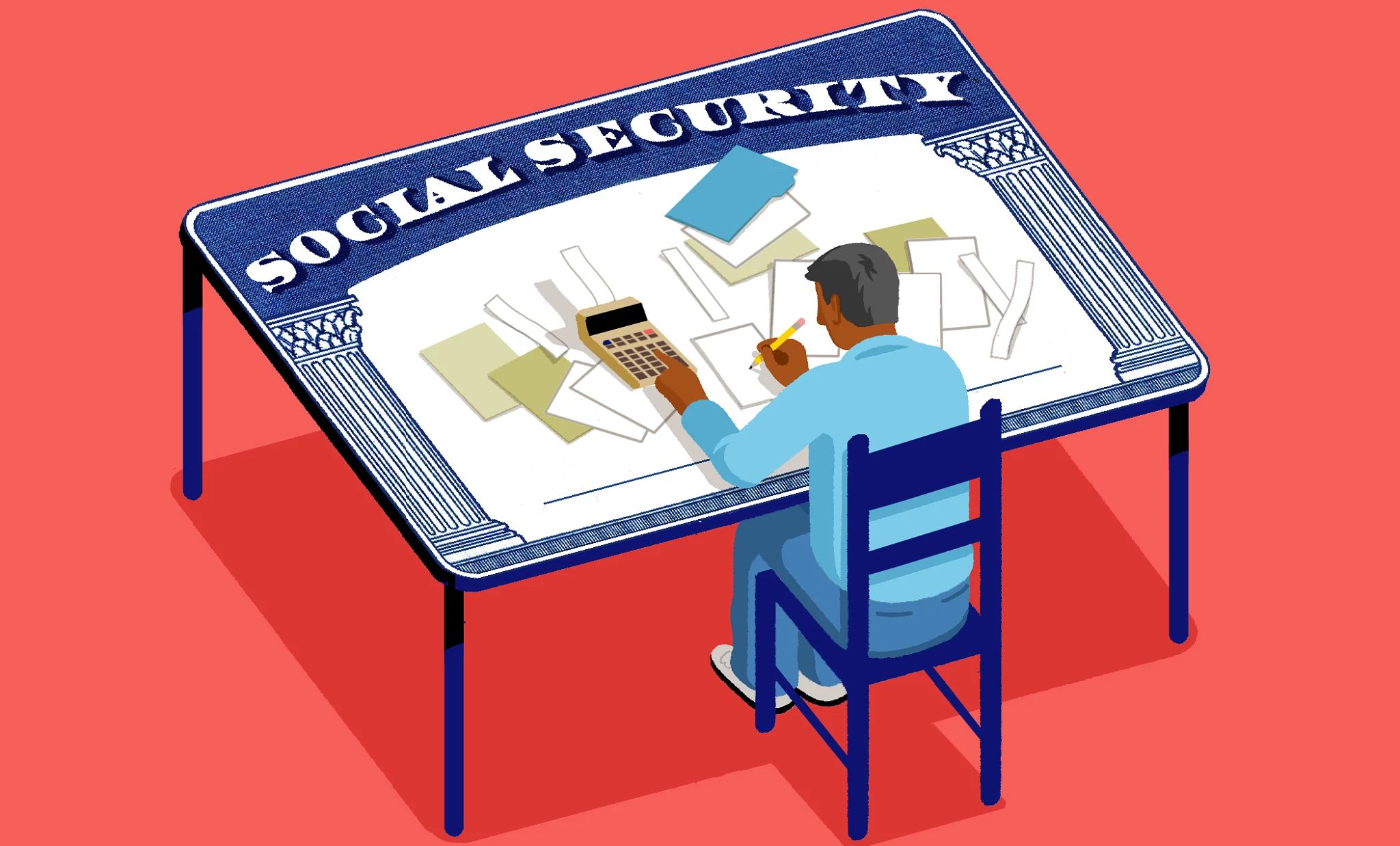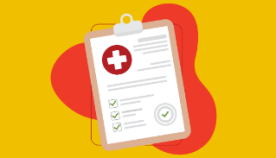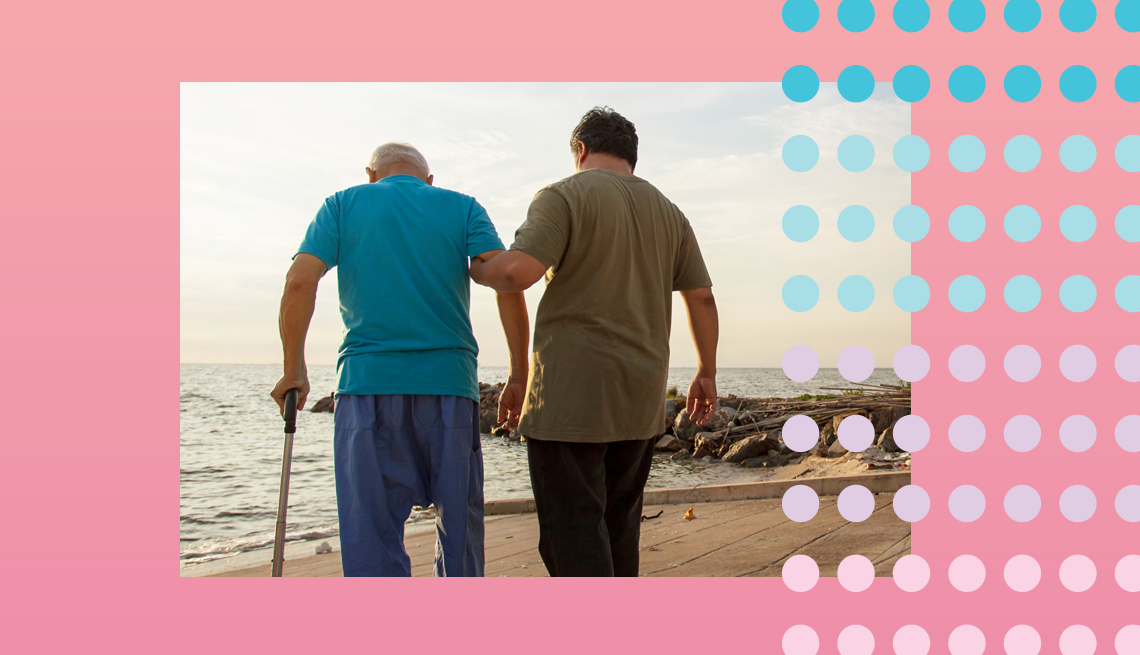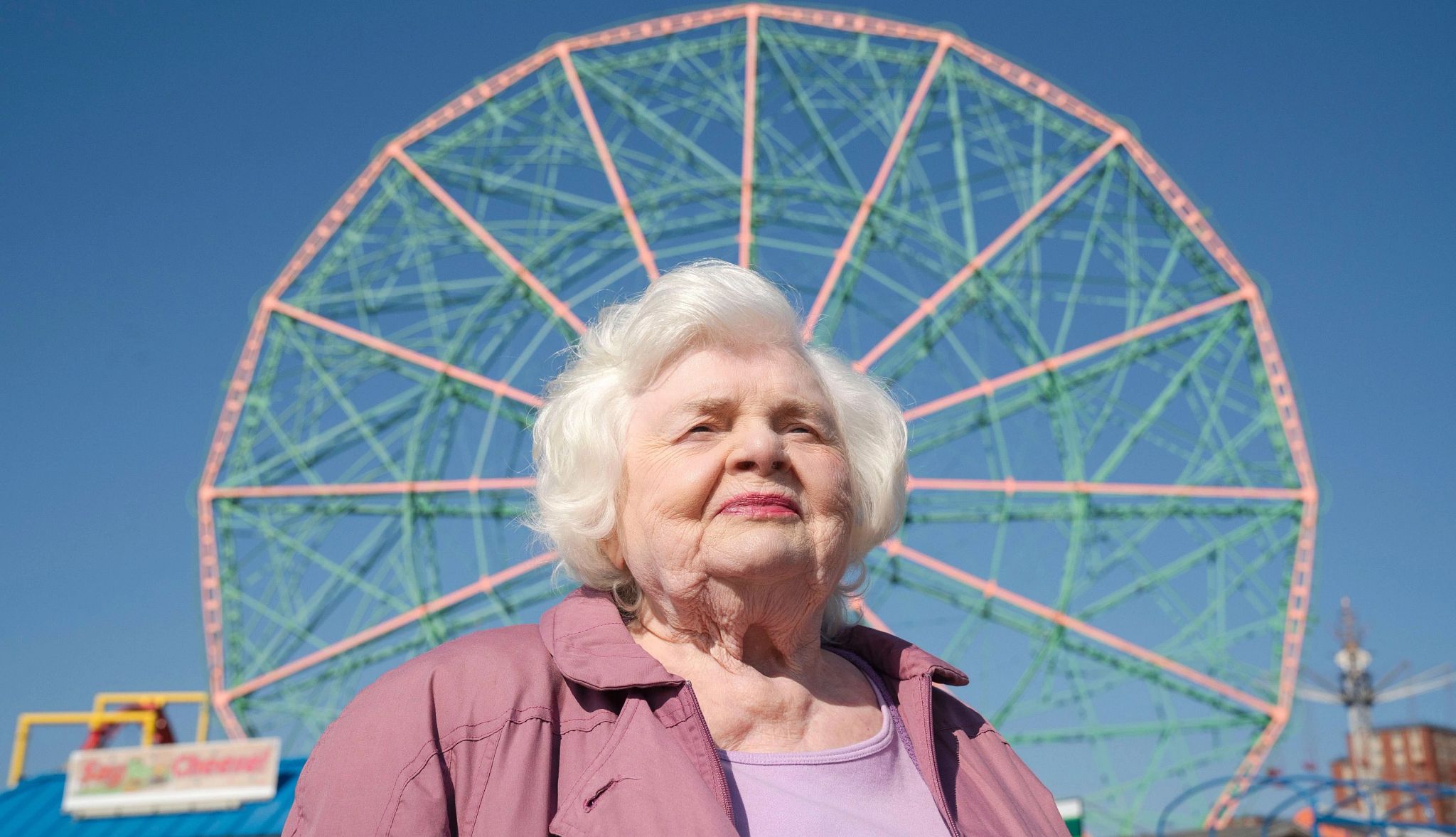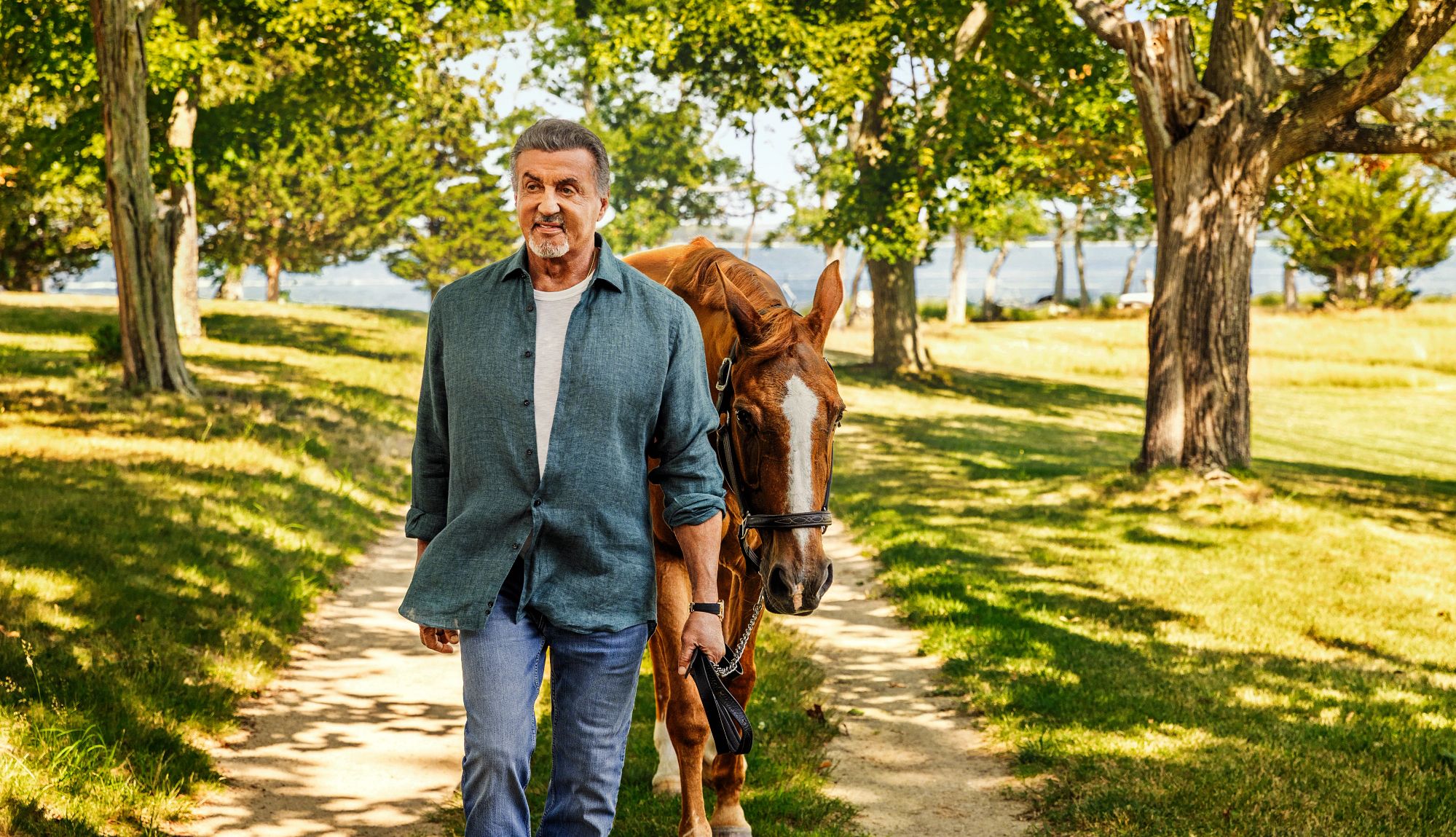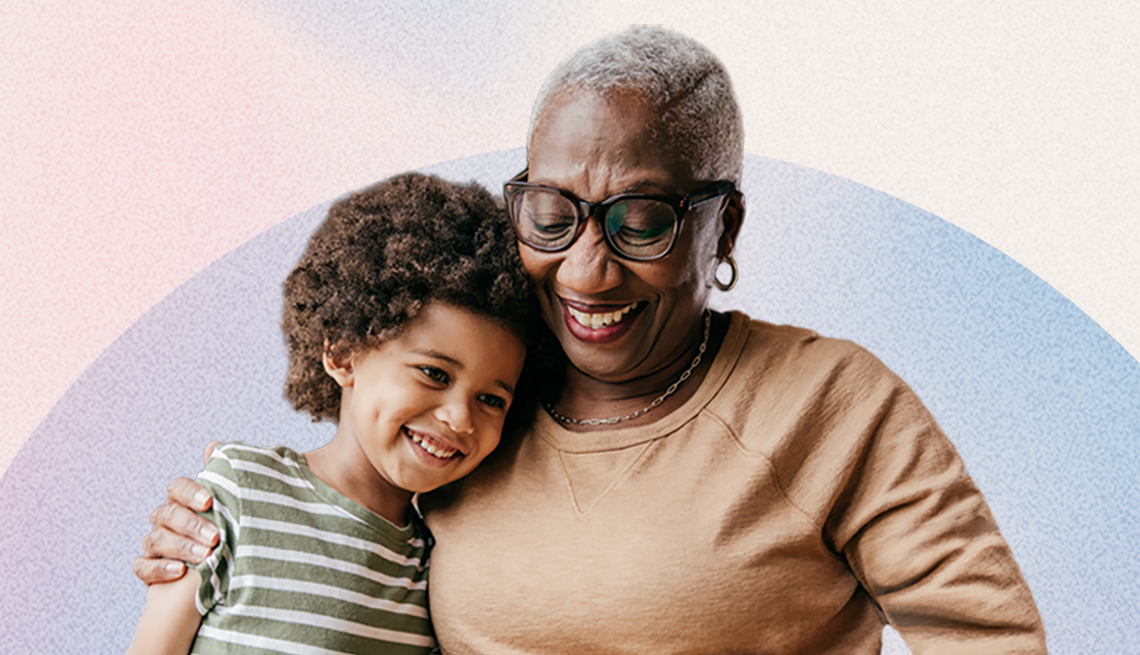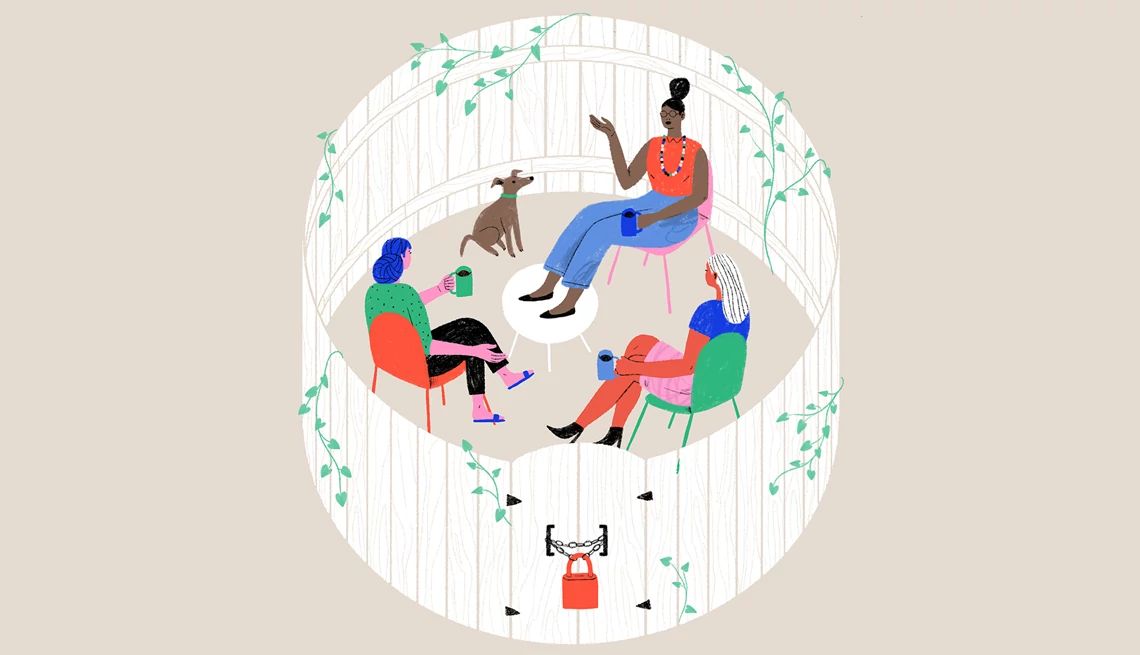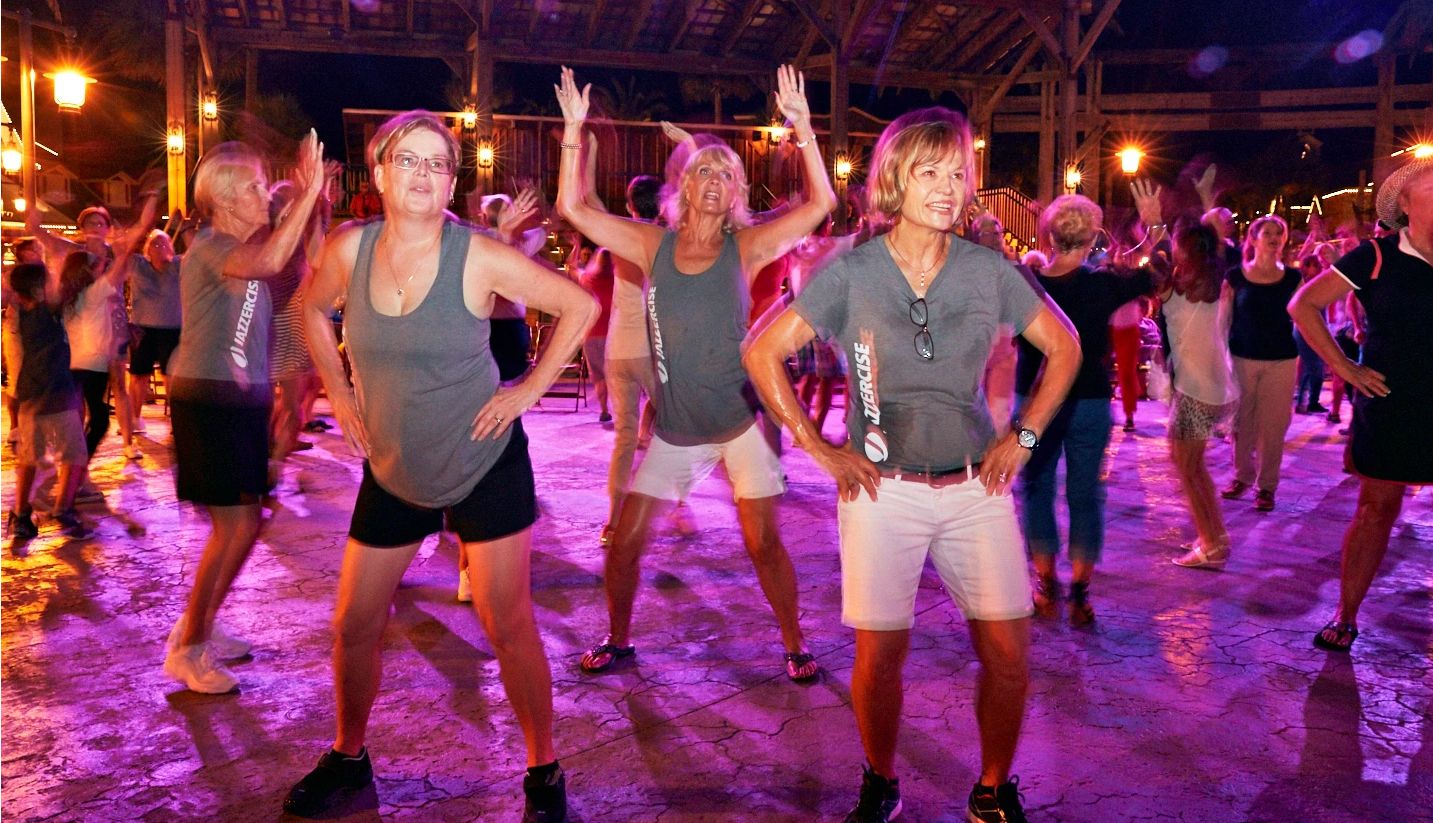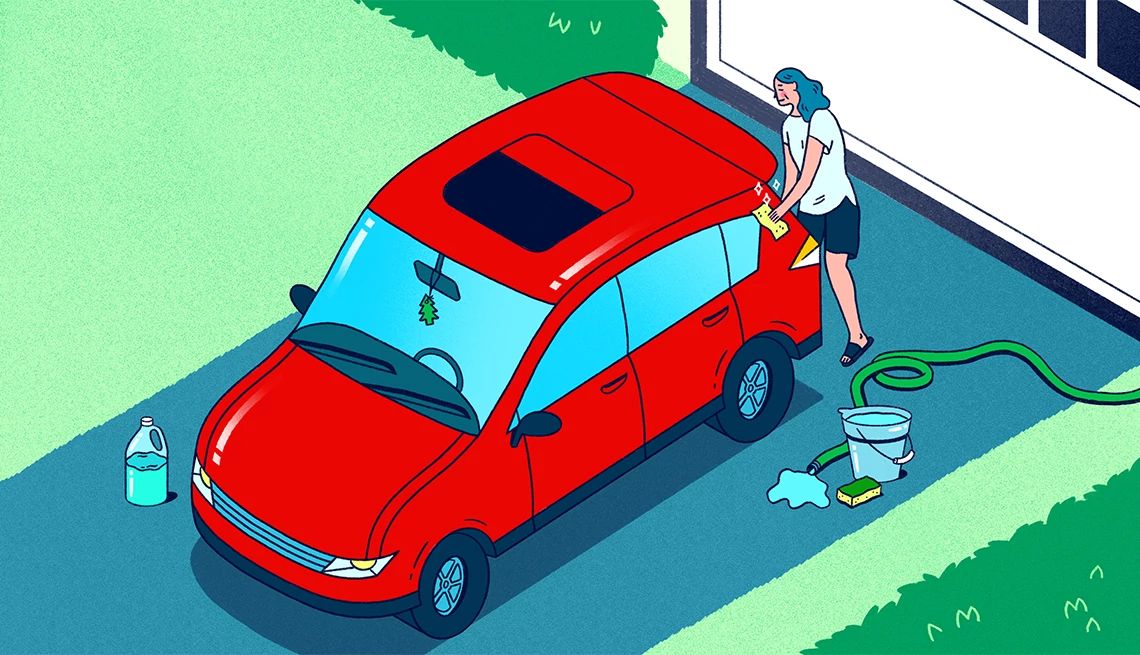AARP Hearing Center
Maybe you used to love walking in the park, but now that you’re getting older, you’re moving a little slower or worried about falling. These are among the signs that you may want to have your gait, or walking pattern, evaluated by a medical professional.
You are not alone. At least 30 percent of people ages 65 and older report difficulty walking three city blocks or climbing one flight of stairs, and about 20 percent require the use of a mobility aid — like a walker or cane — to walk, one study reported. Gait disorders have been detected in approximately 25 percent of people ages 70 to 74, and in nearly 60 percent of those ages 80 to 84.
Aging muscles and nerves
In the absence of an injury or medical condition causing difficulties, gait changes typically appear during our late 60s to 70s, says Kevin Vincent, M.D., chair of the Department of Physical Medicine and Rehabilitation at the University of Florida College of Medicine in Gainesville. In most people who develop them, it’s part of the natural process of aging and a slow decline of the nerves and muscles, along with a degeneration in the sharpness of vision. Conditions like diabetes or obesity can cause more rapid declines, especially if they cause neuropathy, or pain and numbness, in the feet.
“Our fear with somebody with gait issues is (a) falling but (b) the impact it’s going to have since they start to get less and less functional,” Vincent says.
A classic misconception older adults have is that falling is normal, and there’s nothing anybody can do because they’re getting older, says Levi Atanelov, M.D., a physical medicine and rehabilitation doctor who runs an Owings Mills, Maryland, practice called Steady Strides. In truth, a rehabilitation program designed by a physiatrist, a doctor trained in physical medicine and rehabilitation, can help people make substantial improvements.




